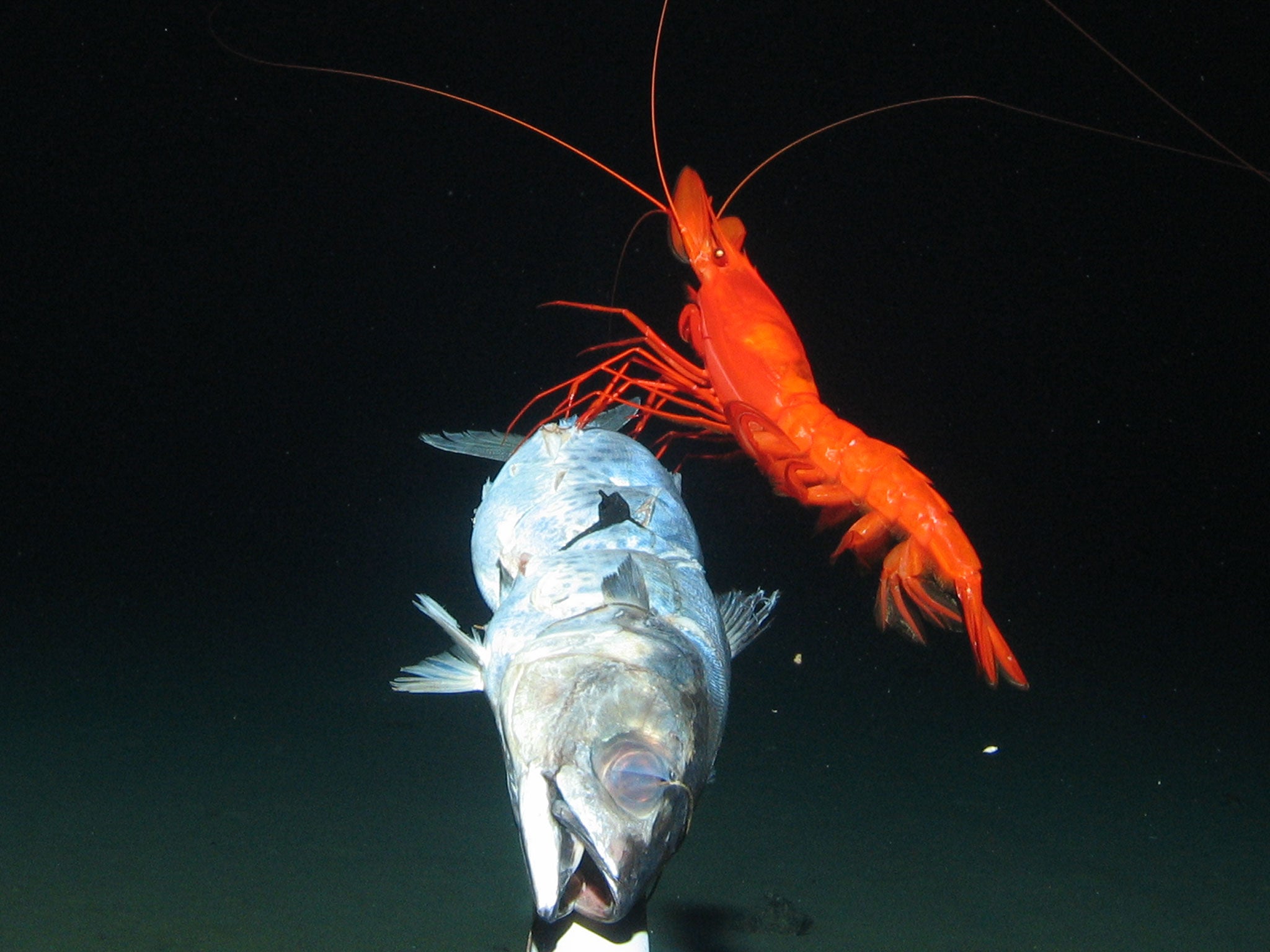Climate change affects fish living in the deepest parts of the ocean, scientists claim
Biologists used ultra-deep cameras and animal traps placed 7,000 metres under the ocean near New Zealand to make their discoveries

Rarely seen creatures that lurk 7,000m (23,000ft) under the surface of the Pacific Ocean could indicate that the deep sea is a "silent victim" of climate change.
In the world’s first deep sea biology expedition to the New Hebrides Trench in the South Pacific, scientists from the University of Aberdeen and researchers from New Zealand discovered that marine life is sparser and less varied than predicted.
The scientists set out to investigate whether the biodiversity seen in very deep trenches elsewhere in the Pacific Rim were mirrored in the New Hebrides Trench - which lies east of the isle of New Caledonia, 1,000 miles from New Zealand.
Voyage leader Dr Alan Jamieson, of the University of Aberdeen’s Oceanlab which carried out the expedition in collaboration with the National Institute of Water and Atmospheric Research (NIWA) in New Zealand, said: “What we found was an entirely different deepwater fish community.
Rare creatures of the New Herbides Trench in the Pacific Ocean
Show all 5Dr Jamieson said of his eleventh expedition into the ultra-deep trenches of the Pacific Rim: “We also stumbled across another surprise. The area in and around the New Hebrides Trench was swarming with large bright red prawns which are typically seen in very low numbers in other areas.”
“The team also obtained several extremely rare samples, of cusk eels, eel pouts, arrow-tooth eels and thousands of samples of small crustaceans which are now being curated in New Zealand and Australia.
Researchers deployed Oceanlab designed ultra-deep cameras and animal traps 27 times between 2,000m and 7,000m deep in the New Hebrides Trench, with a further nine deployments in the neighbouring South Fiji Basin.
The trip was the hundredth and last which in a seven-year series of projects called Hadeep (The Hadal Environmental and Education Partnership), which used the Oceanlab-designed remotely operated camera and bait equipment.
Dr Jamieson added: “The voyage unearthed a wealth of new video and nearly 10,000 images which are providing great insight into these deep-sea communities.
“These new finds are a stark reminder that even the deepest parts of the world are intrinsically linked to the productivity of the surface waters.
“Should the current system change, it is highly likely to have significant cascading effects on the deep sea community.
"The deep sea is potentially a kind of silent victim in the era of a changing climate," he added.
Video courtesy of the University of Abderdeen
Subscribe to Independent Premium to bookmark this article
Want to bookmark your favourite articles and stories to read or reference later? Start your Independent Premium subscription today.

Join our commenting forum
Join thought-provoking conversations, follow other Independent readers and see their replies